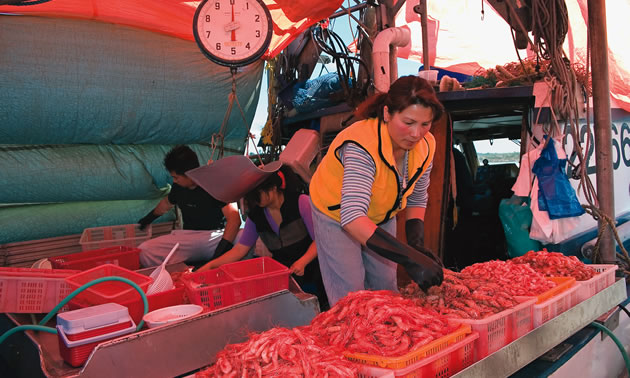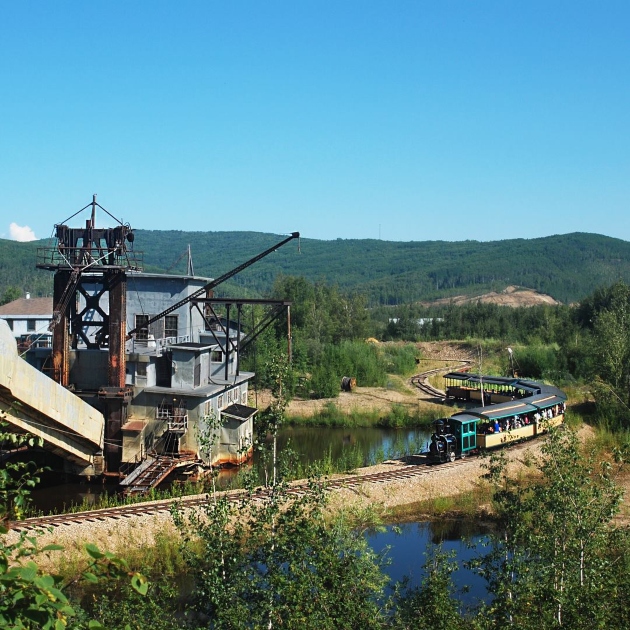The flavour of Steveston
People with an affinity for fresh fish will love this quaint fishing village

Once a historic fishing village, Steveston was known for its fish canneries, boat building and shipbuilding. Sailing ships from all over the world came to load up canned salmon from this thriving and noisy port. The canneries were so much a part of the life in Steveston in the late 1800s that the locals called it Salmonopolis.
Being the busiest fishing port in the world, the village was an exciting place to be, with an eclectic mix of peoples from all over the world and residents that included local First Nations as well as Japanese, Chinese and European immigrants. The gambling dens and saloons thrived and the six hotels in the area gave the visitors a much needed place to stay. The boardwalks were teeming with folks looking for a good time on most Saturday nights.
The townsite of Steveston was developed by William Steves, whose family had settled in the area. It quickly became a flourishing community and in 1889 officially became Steveston.
Contributing to the local culture
At one point in the early 1900s there were close to 4,000 Japanese residents who made a significant contribution to Steveston’s fishing industry. Most of the men fished while the women worked in the canneries. One residence, occupied by the Murakami family, has been reconstructed and moved to the shipyard. Furnished as it was when the family lived there, the house is surrounded by a beautiful garden and the wood siding has roses climbing it as it did in the early days.
Not only was fishing important to Steveston, but farming also brought many settlers to the area and remains a major component of the local economy. The productive farms still provide fresh vegetables in abundance. The Steveston Farmers & Artisans Market is one of the best places to visit most Sundays between May and September, rain or shine.
Stroll along the waterfront
On weekends, the wooden boardwalks along the waterfront fill with visitors wanting to buy the catch of the day from one of the many commercial fishing boats tied up to the docks. Stopping to eat fish and chips has almost become a tradition in this seaside village. Wandering along the side streets provides a chance to browse through the many shops filled with popular souvenirs and beautifully crafted pieces made by local artisans.
There are many similarities between Steveston today and the village as it was at the turn of the century. It still draws people in from all over the world because of its history and the local attractions. However, most of the buildings that housed the canneries and shipyards are long gone, with a few remaining that have been preserved as historic sites and are open to the public. The Gulf of Georgia Cannery and the Britannia Heritage Shipyard are excellent examples of Steveston’s exciting past.
What made Steveston a thriving community 100 years ago is a huge part of what is important today. There are still seals in the harbour, and if you are fortunate you can watch as the fishermen mend their nets in much the same way as the early fishermen did in the past. Steveston’s rich history has helped make it what it is today and its current residents and visitors are a large part of its journey into the future.






